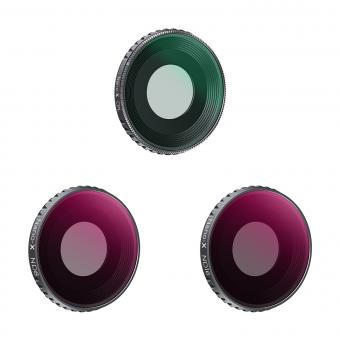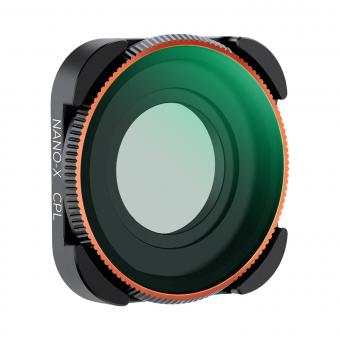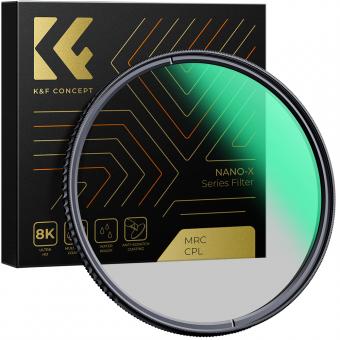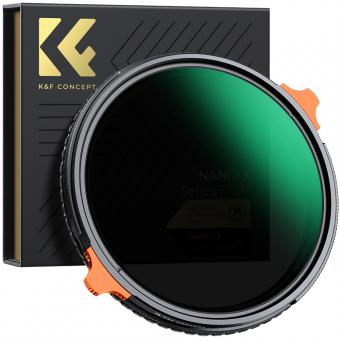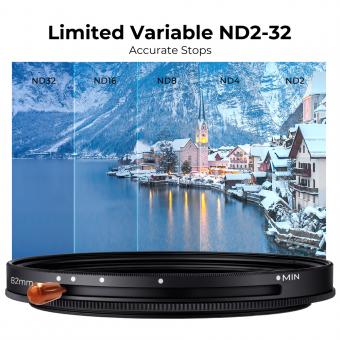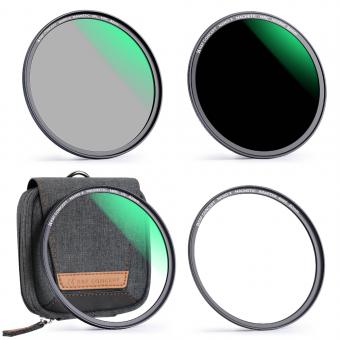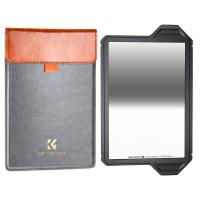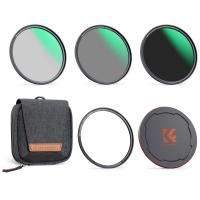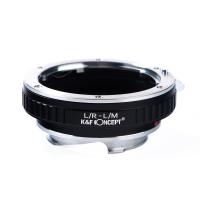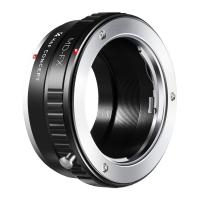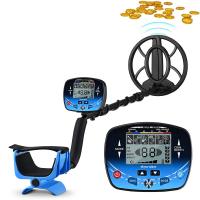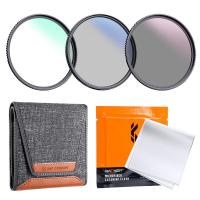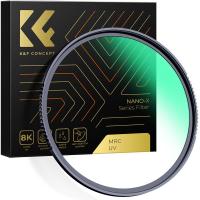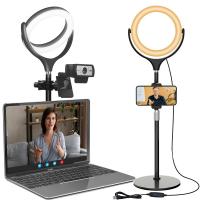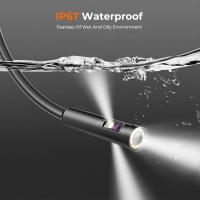Cpl Camera Filter What Does It Do?
In the world of photography, achieving the perfect shot often requires more than just a good camera and a keen eye. One of the essential tools that photographers use to enhance their images is the Circular Polarizing Lens (CPL) filter. This article delves into what a CPL filter does, how it works, and why it is an indispensable accessory for both amateur and professional photographers.
Understanding CPL Filters
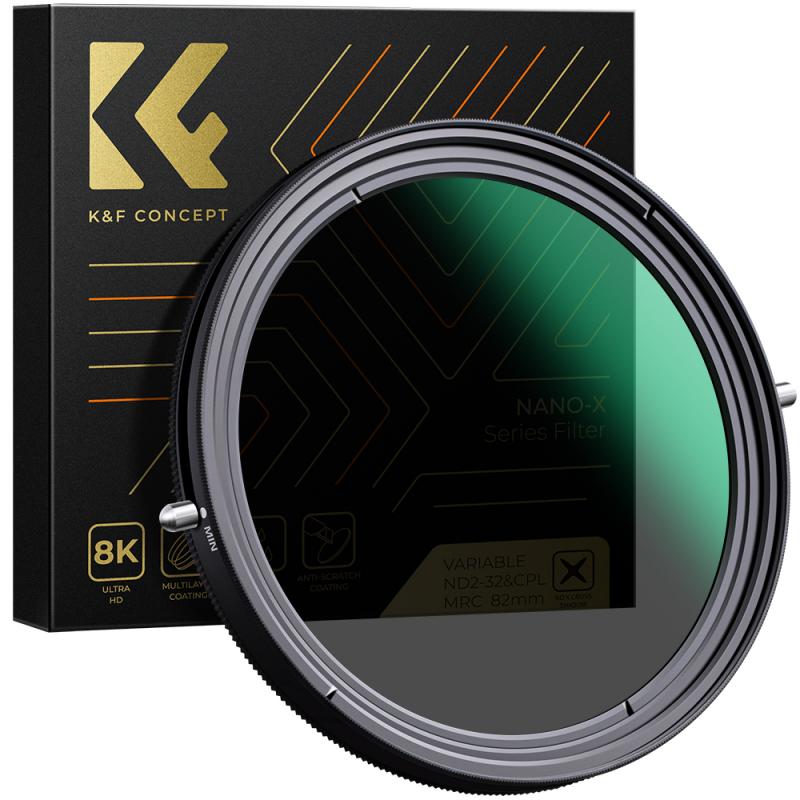
A Circular Polarizing Lens (CPL) filter is a type of optical filter that is attached to the front of a camera lens. Its primary function is to reduce reflections and glare from non-metallic surfaces, such as water and glass, and to enhance the colors and contrast in an image. Unlike linear polarizers, CPL filters are designed to work with modern autofocus and metering systems, making them more versatile and user-friendly.
How CPL Filters Work
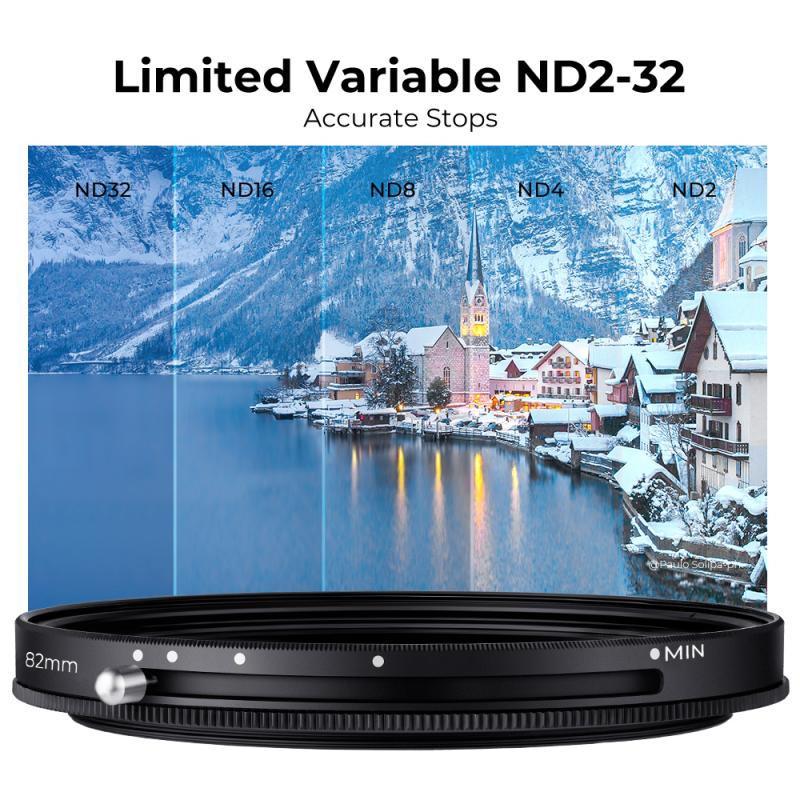
To understand how a CPL filter works, it’s essential to grasp the concept of light polarization. Light waves vibrate in multiple directions, and when they reflect off surfaces like water, glass, or foliage, they become polarized, meaning they vibrate in a specific direction. This polarization can cause unwanted reflections and glare, which can wash out colors and reduce the overall quality of the image.
A CPL filter works by allowing only light waves vibrating in a particular direction to enter the lens. When you rotate the CPL filter, it selectively blocks out the polarized light, thereby reducing reflections and glare. This results in more saturated colors, improved contrast, and clearer images.
Key Benefits of Using a CPL Filter
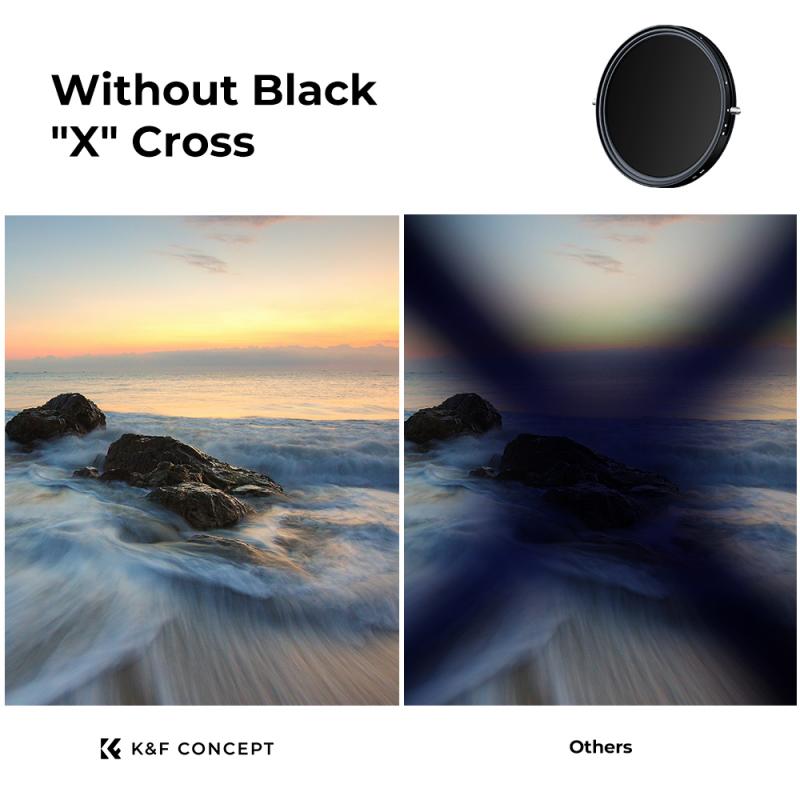
1. Reduction of Reflections and Glare: One of the most significant advantages of using a CPL filter is its ability to minimize reflections and glare from non-metallic surfaces. This is particularly useful when photographing scenes with water, glass, or wet surfaces. By reducing these reflections, the CPL filter allows the true colors and details of the subject to come through.
2. Enhanced Color Saturation: CPL filters can make colors appear more vibrant and saturated. This is especially noticeable in landscape photography, where the filter can deepen the blue of the sky, enhance the green of foliage, and make other colors pop. The result is a more visually appealing and dynamic image.
3. Improved Contrast: By reducing the haze and reflections caused by polarized light, CPL filters can improve the overall contrast of an image. This is particularly beneficial in outdoor photography, where the filter can help to create a more defined and striking composition.
4. Better Control Over Exposure: CPL filters can also help to manage exposure levels. By reducing the amount of polarized light entering the lens, the filter can prevent overexposure in bright conditions, allowing for more balanced and well-exposed images.
Practical Applications of CPL Filters
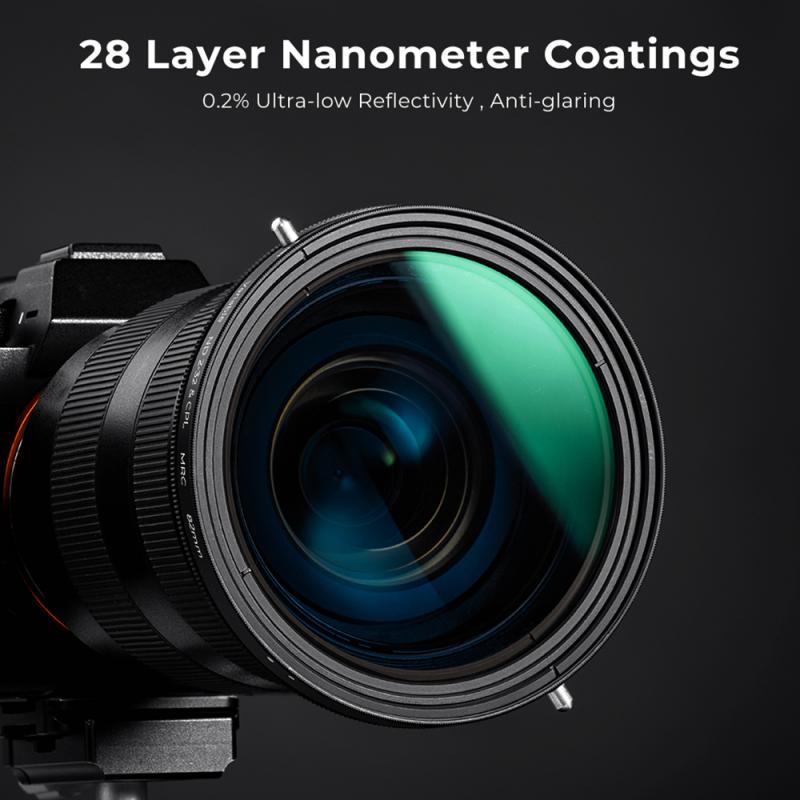
1. Landscape Photography: CPL filters are a staple in landscape photography. They can enhance the natural beauty of a scene by reducing reflections from water bodies, wet rocks, and foliage. The filter can also make the sky appear more dramatic by deepening the blue and increasing the contrast with clouds.
2. Architectural Photography: When photographing buildings with glass windows or other reflective surfaces, a CPL filter can minimize unwanted reflections and glare. This allows for clearer and more detailed images of the architectural features.
3. Travel Photography: For travel photographers, a CPL filter is an invaluable tool. It can enhance the colors and contrast in various scenes, from bustling cityscapes to serene natural landscapes. The filter also helps to manage reflections when photographing through windows or other glass surfaces.
4. Product Photography: In product photography, controlling reflections is crucial to showcasing the product’s details and features. A CPL filter can help to eliminate unwanted glare from glossy surfaces, ensuring that the product is presented in the best possible light.
Tips for Using a CPL Filter
1. Rotate the Filter: To achieve the desired effect, you need to rotate the CPL filter while looking through the viewfinder or at the camera’s LCD screen. This allows you to see the changes in reflections, color saturation, and contrast as you adjust the filter.
2. Use in Bright Conditions: CPL filters are most effective in bright, sunny conditions. They can help to manage the harsh light and reduce reflections, resulting in better-exposed and more visually appealing images.
3. Avoid Using with Wide-Angle Lenses: When using a CPL filter with wide-angle lenses, you may notice uneven polarization, which can create an unnatural gradient in the sky. To avoid this, use the filter with standard or telephoto lenses.
4. Combine with Other Filters: CPL filters can be used in conjunction with other filters, such as neutral density (ND) filters, to achieve specific effects. For example, combining a CPL filter with an ND filter can help to reduce reflections while also allowing for longer exposure times.
A Circular Polarizing Lens (CPL) filter is a powerful tool that can significantly enhance the quality of your photographs. By reducing reflections and glare, enhancing color saturation, and improving contrast, a CPL filter allows you to capture more vibrant and visually appealing images. Whether you are a landscape photographer, an architectural enthusiast, or a travel aficionado, incorporating a CPL filter into your photography toolkit can elevate your work to new heights. Understanding how to use this filter effectively will enable you to make the most of its benefits and achieve stunning results in your photography endeavors.

